Sapa Or Pu Luong Vietnam: Which Is Better?
Northern Vietnam offers some of the most breathtaking destinations in Vietnam, and among those destinations, Sapa and Pu Luong stand out as two exceptional gems. As one of the most well-known spots in Vietnam, Sapa is widely beloved for its dramatic mountain landscapes and rich cultural diversity. Alternatively, Pu Luong is a rising star in Vietnam’s tourism scene, captivating visitors with its tranquil beauty and off-the-beaten-path charm. Choosing between the two can be challenging, as each has its unique appeal. This Sapa or Pu Luong, Vietnam guide will dive into their differences—covering landscapes, climate, travel costs, and more so you can decide which destination best fits your travel style.
Is Sapa Still Worth Visiting?
Sapa remains one of Vietnam's most iconic destinations, located about 350 km northwest of Hanoi. It is a place where tourism has been well-developed, making it an ideal starting point for exploring the North of Vietnam. Although Sapa’s popularity has brought modernization and increased tourism, its natural beauty and the warmth of its local communities continue to make it a worthwhile destination. If you’re seeking a more authentic side of Vietnam but don’t want to stray too far from comfort, Sapa is still worth the visit! You can still find unspoiled villages and serene landscapes by venturing slightly off the beaten path.
What is There in Sapa?
Fansipan Mountain ("The Roof of Indochina"): Standing at 3,147 meters, Fansipan is the highest peak in Vietnam. The summit can be reached via trekking routes or a modern cable car system offering panoramic views of the Hoang Lien Son Range. At the top, visitors are greeted with breathtaking views and a series of religious monuments, including pagodas and statues.
Muong Hoa Valley: Famous for its terraced rice fields, Muong Hoa Valley showcases the harmony between nature and traditional farming practices. The valley is dotted with small villages inhabited by ethnic minorities like the Hmong and Dao, providing opportunities to learn about local cultures. You can also take the Muong Hoa Funicular and admire the valley from above!
Cat Cat Village: Located just a short walk from Sapa town, Cat Cat Village is a charming spot to explore traditional Hmong lifestyles, handicrafts, and scenic waterfalls. While touristy, it offers an accessible glimpse into Sapa's cultural heritage.
Ta Phin Village: Known for its Red Dao community, Ta Phin offers visitors a more authentic and less commercialized cultural experience. The village is also famous for herbal baths, a traditional wellness treatment.
Ham Rong Mountain: Situated near Sapa town, Ham Rong Mountain features manicured gardens, scenic viewpoints, and a trail to its peak, offering panoramic views of the surrounding valleys and mountains.
Local Markets: These markets are a unique feature in Vietnamese mountainous regions, taking place once every week. You’ll encounter locals in their colorful costumes, selling fresh produce, handicrafts, and traditional textiles. It’s a great place to shop for souvenirs and experience the daily life of Sapa's ethnic communities.
Is Pu Luong Worth it?
Pu Luong, located in Thanh Hoa Province, offers an ideal escape for those seeking tranquility, unspoiled natural beauty, and authentic cultural experiences. Unlike Sapa, which has become a bustling tourist hub, Pu Luong retains its rustic charm and is still flying under the radar for most tourists. The region is home to some of the best terraced rice fields in Vietnam, lush forests, and traditional stilt-house villages inhabited by the Thai and Muong ethnic communities.
Pu Luong Nature Reserve is situated southwest of Hanoi, with peaks rising up to 1,700 meters (5,577 feet) above sea level. Its altitude contributes to a cool and pleasant climate, making it a comfortable destination for outdoor activities year-round.
What is There in Pu Luong?
Pu Luong Nature Reserve: The centerpiece of the area, this protected reserve is home to diverse flora and fauna, with dense forests, bamboo groves, and picturesque valleys. The reserve offers numerous hiking trails that lead through jungles, alongside streams, and up to stunning viewpoints.
Terraced Rice Fields: Pu Luong’s terraced fields rival those of Sapa in beauty, especially during harvest seasons (May-June and September-October). These golden landscapes are a photographer’s dream.
Traditional Villages: Villages like Don, Hieu, and Kho Muong are excellent places to experience the lifestyle of the local Thai and Muong people. Visitors can stay in traditional stilt houses, enjoy home-cooked meals, and learn about weaving and farming practices.
Hieu Waterfall: Nestled in Hieu Village, this serene waterfall is surrounded by pristine nature and offers a refreshing spot to relax after a trek. The area around the waterfall is also known for its traditional stilt-house accommodations.
Hiking and Trekking Trails: Pu Luong is a perfect hiking destination, with trails ranging from easy walks to more challenging treks. The trails take you through scenic viewpoints, bamboo forests, and past working water wheels used for irrigation.
Water Wheels and Bamboo Rafts: Traditional bamboo water wheels are a signature of Pu Luong. Visitors can also enjoy a peaceful bamboo rafting experience on the Cham River.
Sapa or Pu Luong: Which is Better?
Both Sapa and Pu Luong have unique charms, making them appealing for different reasons. To help decide whether to go for Sapa or Pu Luong Vietnam for your trip, here’s a comparison of different categories:
Landscape
Sapa: Known for dramatic mountain vistas, terraced rice fields, and peaks like Fansipan, Sapa offers some of the most striking scenery in Vietnam. The Muong Hoa Valley is particularly iconic, with its layers of golden terraces set against towering mountains.
Pu Luong: While less dramatic than Sapa, Pu Luong boasts serene beauty, with rolling hills, verdant valleys, bamboo forests, and lush rice terraces. It feels more secluded and pristine, offering a tranquil connection to nature.
Verdict: If you prefer dramatic and rugged landscapes, Sapa wins. For peace and unspoiled scenery, choose Pu Luong.
Getting To and Around
Sapa: Located in Lao Cai Province, Sapa is approximately 320 km (200 miles) from Hanoi. The town itself is small, and villages can be reached via motorbike, car, or guided tours. It’s well-connected to other destinations in northern Vietnam:
Hanoi to Sapa: ~5-6 hours by bus or train.
Sapa to Bac Ha: ~2 hours by car.
Sapa to Ha Giang/Dong Van Plateau: ~6-7 hours by car.
Its accessibility makes Sapa a convenient stop on a northern Vietnam travel circuit.
Pu Luong: Situated in Thanh Hoa Province, Pu Luong is closer to Hanoi (about 180 km or 112 miles, ~4 hours by car). While less connected than Sapa, its smaller scale makes it easier to explore on foot or by bike. Roads in Pu Luong are quieter and safer for self-driving. Nearby destinations include:
Mai Chau: ~1.5 hours by car.
Ninh Binh: ~3-4 hours by car.
Thanh Hoa City/Sam Son Beach: ~2.5 hours by car.
Verdict: Sapa is better integrated into northern Vietnam’s travel network, while Pu Luong works well for quieter, shorter trips from Hanoi.
Climate
Sapa: At a higher altitude, Sapa has a cooler climate year-round. Average temperatures in Sapa are 10–18°C (50–64°F) in winter and 18–25°C (64–77°F) in summer. Winters (December-February) can be chilly with occasional snow. Summers are mild and ideal for trekking. The rainy season lasts from June to August. Heavy rains increase the risk of landslides, especially on mountain roads, potentially causing travel delays or disruptions.
Pu Luong: Pu Luong enjoys a slightly warmer and more humid climate. Average temperatures are 15–20°C (59–68°F) in winter and 24–30°C (75–86°F) in summer. The rainy Season is from May to October. While landslides can occur, risks are lower than in Sapa due to less rugged terrain. The best time to visit is during harvest seasons (May-June and September-October) when the fields are lush or golden.
Verdict: Pu Luong has a milder and more predictable climate, while Sapa offers cooler weather but has a higher landslide risk during the rainy season.
Accommodation
Sapa: Offers a wide range of options, from budget hostels to luxury hotels and boutique stays. Many accommodations cater to tourists seeking comfort and convenience.
Pu Luong: Known for its eco-lodges and traditional homestays. While options are fewer, they emphasize sustainability and cultural immersion.
Verdict: For variety, Sapa is better. For unique and eco-friendly stays, choose Pu Luong.
Tourism
Sapa: Highly developed for tourism, especially in the town center and popular villages like Cat Cat. Some areas feel commercialized, with shops and cafes targeting visitors. Tourists may encounter inflated prices, persistent street vendors, or fake trekking guides. Petty theft, such as pickpocketing, can occur in crowded markets or near popular attractions.
Pu Luong: Much less crowded and commercialized, maintaining a tranquil, off-the-beaten-path vibe. Scams are very rare due to lower tourist numbers, the locals are welcoming and prices are more straightforward. Theft is practically unheard of, as the area is more rural and less commercialized.
Verdict: Pu Luong is the better choice for escaping crowds. Pu Luong is significantly safer and more relaxed, while travelers to Sapa should be cautious of scams in busy areas.
Expenses
Sapa: As a well-established destination, prices in Sapa can be higher, especially for transportation, guided tours, and premium accommodations.
Accommodation: $10–$20/night (hostels), $30–$70/night (mid-range hotels), $100+/night (luxury stays).
Activities: Guided trekking tours cost $15–$50/day; Fansipan cable car ~$30.
Meals: $2–$5 (local restaurants), $10–$20 (tourist cafes).
Getting Around: Motorbike rental ~$10/day; local taxis ~$1/km.
Pu Luong: Generally more affordable, with lower costs for food, lodging, and activities.
Accommodation: $5–$15/night (homestays), $40–$70/night (eco-lodges).
Activities: Guided hikes ~$10–$30/day; bamboo rafting ~$5.
Meals: $1–$4 (local food), $10–$15 (eco-lodge meals).
Getting Around: Bicycles are often included with lodging; motorbike rental is ~$8/day.
Verdict: Pu Luong is more budget-friendly.
Verdict
Choose Sapa if you:
Prefer dramatic mountain landscapes.
Want a variety of accommodations and easy access.
Don’t mind crowds and commercialization.
Choose Pu Luong if you:
Seek peace, quiet, and fewer tourists.
Appreciate sustainable and eco-friendly travel experiences.
Enjoy unspoiled natural beauty and authentic cultural immersion.
In the end, both destinations have something unique to offer. Your choice depends on whether you value accessibility and dramatic scenery (Sapa) or tranquility and authentic rural charm (Pu Luong).
FAQs: Sapa or Pu Luong
How to get from Hanoi to Pu Luong?
To travel from Hanoi to Pu Luong, you have several options:
By Private Car/Taxi
Travel Time: ~4 hours (180 km).
Cost: $80–$100 per car (one way).
Best for: Groups or families wanting comfort and flexibility.
By Bus
Travel Time: ~4.5 hours.
Cost: $10–$15 per person.
Buses to Thanh Hoa City or Mai Chau can drop you near Pu Luong; from there, take a motorbike taxi (~$10).
Best for: Budget-conscious travelers.
By Motorbike
Travel Time: ~5–6 hours.
Cost: ~$8–$15/day for motorbike rental.
Best for: Adventurous travelers comfortable navigating mountain roads.
What Is the Difference Between Sapa and Mai Chau?
Scenery
Sapa: High-altitude mountains, dramatic landscapes, terraced rice fields, and rugged peaks like Fansipan.
Mai Chau: Gentle valleys, lush green rice paddies, and rolling hills; more accessible and less extreme in elevation.
Tourism Level
Sapa: A bustling hub with a developed tourism infrastructure, attracting both domestic and international travelers.
Mai Chau: Quieter and more intimate, offering a laid-back atmosphere for cultural immersion.
Ethnic Communities
Sapa: Home to diverse ethnic groups, including the Hmong, Dao, Tay, and Giay.
Mai Chau: Predominantly inhabited by the Thai ethnic minority.
Activities
Sapa: Trekking, visiting Fansipan, exploring colorful markets, and cultural tours in local villages.
Mai Chau: Cycling through rice fields, staying in stilt houses, and experiencing the Thai community’s traditional dances and cuisine.
Do people in Sapa Speak Vietnamese?
Yes, most people in Sapa, especially in the town center, speak Vietnamese as their primary language. Although:
Ethnic Minorities: Many ethnic groups, such as the Hmong and Dao, speak their native languages at home. Adults and older community members may have limited fluency in Vietnamese, but younger generations often speak it more fluently due to schooling.
English Proficiency: In tourist areas, guides, vendors, and some locals also speak basic English to communicate with travelers.
Conclusion
Both Sapa and Pu Luong offer unforgettable experiences, but they cater to different types of travelers. Sapa’s dramatic scenery and bustling atmosphere make it a standout choice for adventure seekers who want iconic mountain views and cultural diversity. On the other hand, Pu Luong’s peaceful, unspoiled charm is ideal for those seeking a quiet retreat and a deeper connection to nature and local life. Whether you choose either one or both, you’re bound to create memories that capture the essence of northern Vietnam’s beauty and culture. So, contact Vietnam Original Travel and let us help you prepare for an adventure tailored to your preferences!
>>> Sapa 3 Day Tour From Hanoi
>>> What To Do In Pu Luong Nature Reserve For 3 Days?
Send us your comments about : Sapa Or Pu Luong Vietnam: Which Is Better?
Required fields *
You might also be interested
Travel ideas
Need some inspiration? Discover some of the best tours in Vietnam, which are highly appreciated by our clients. An excellent starting point to help you choose the right trip to Vietnam, Laos, Cambodia, Burma or Thailand, whether you are traveling alone, as a couple, as a family or with friends.
And because this trip is yours, feel free to customize it as you wish!
Vietnam Cambodia Itinerary 14 Days
Hanoi – Hoa Binh – Mai Chau – Ninh Binh – Halong bay – Hue - Danang – Hoian – Saigon – Ben Tre - Can Tho – Saigon - Siem Reap Angkor - Tonlé Sap - Siem Reap – Ta Prohm - Departure
Vietnam 14 Day Itinerary
Vietnam 14-day itinerary covers the country’s top highlights and quintessential experiences for an unforgettable journey.
Honeymoon Tour Pakcages In Vietnam 12 Days
Saigon Arrival - City Tour – Mekong Delta – Danang – Hoian - by flight - Da Nang – Hanoi - by flight – Halong - overnight on junk – Departure
Authentic Hoang Su Phi Trekking Tours
Hoang Su Phi trekking tours take you to stunning terraces, meet few tourists, connect with locals and enjoy authentic culture.
Best Nha Trang Beach Tour 4 Days
Saigon/Hanoi – Nha Trang relaxation – Saigon/Hanoi – Departure
Mekong Delta Bike Tour Itinerary 7 Days
Cycle through the Mekong Delta in 7 days, discovering floating markets, orchards, craft villages, and tranquil green islands.
Are you interested in this tour?



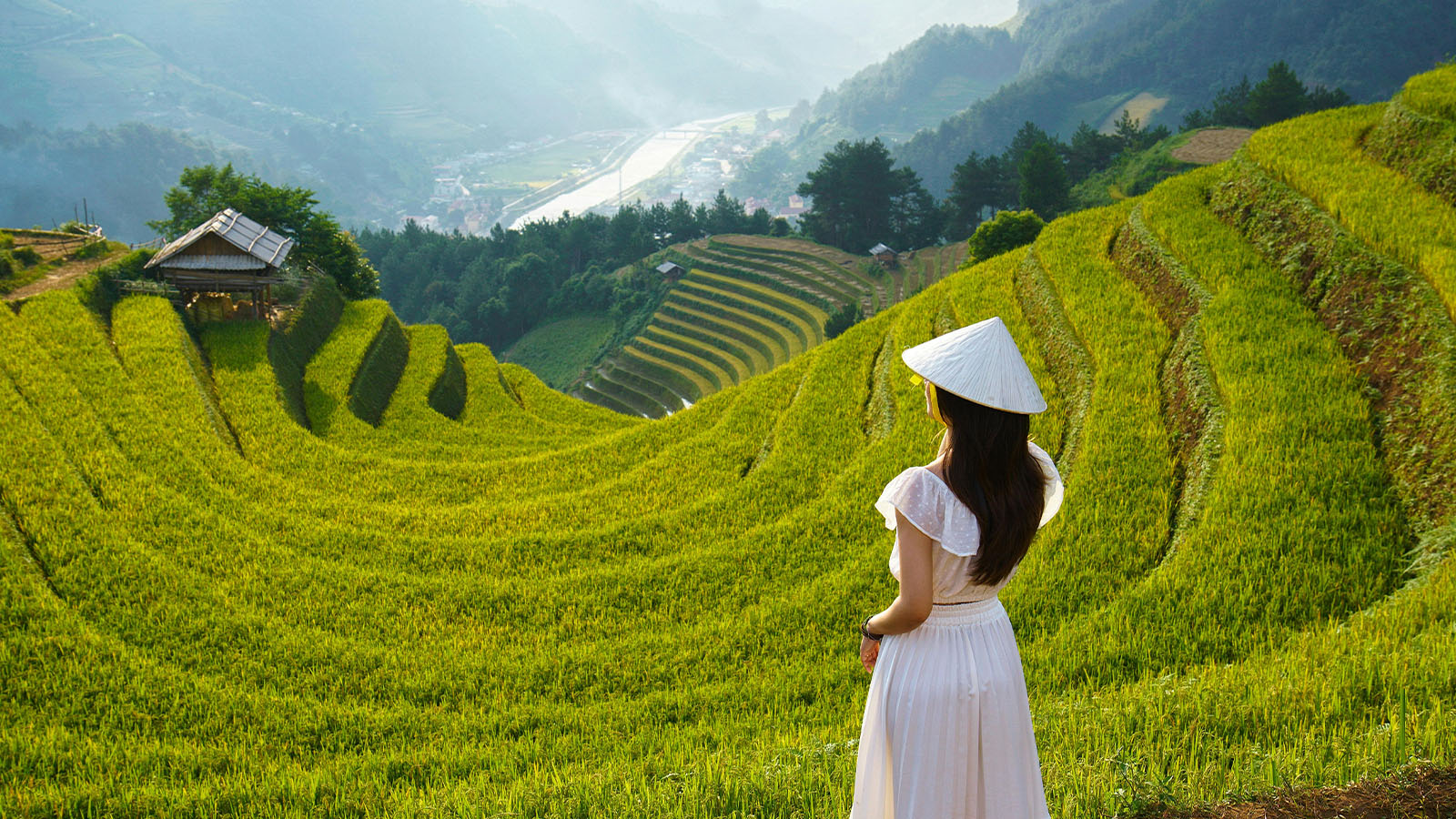




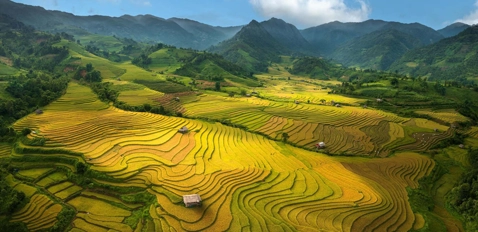

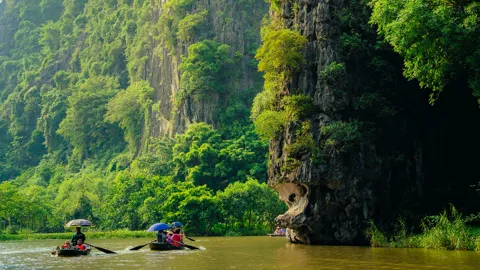




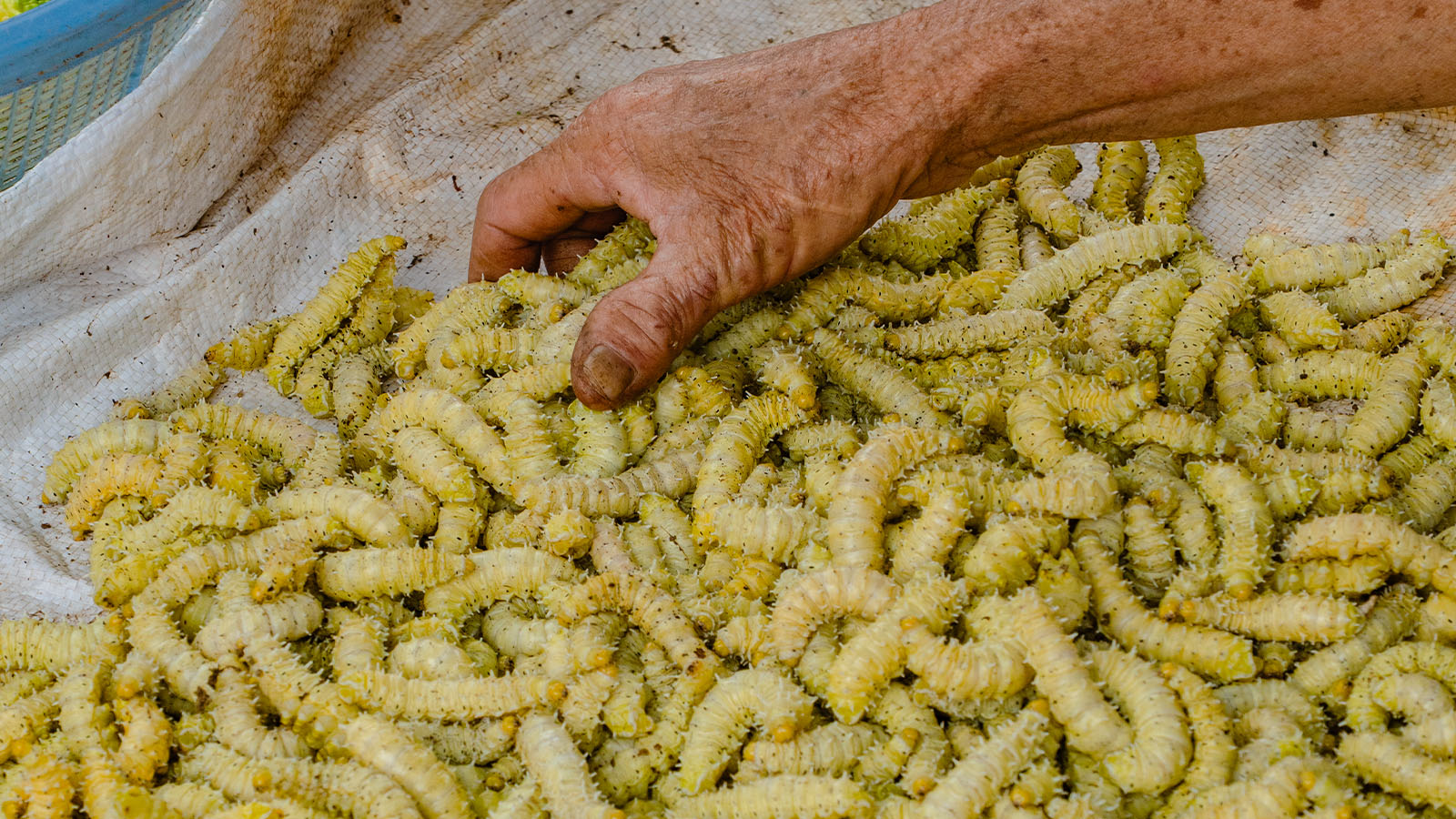

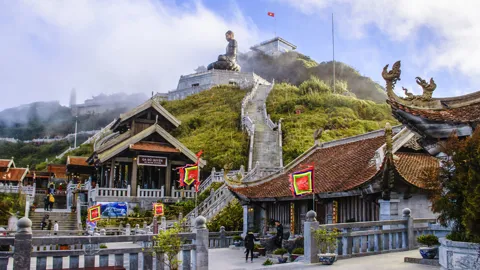





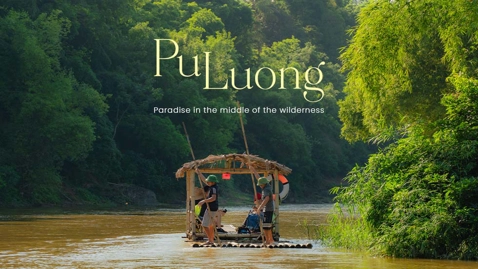














Comment